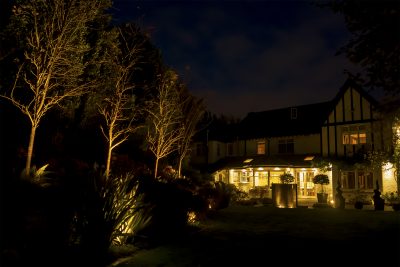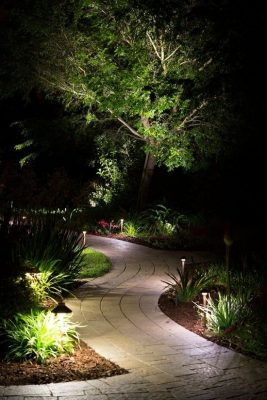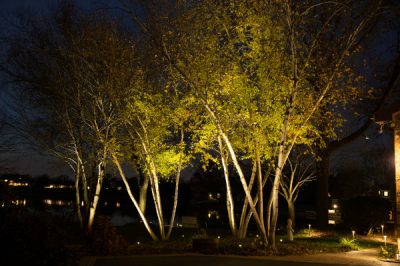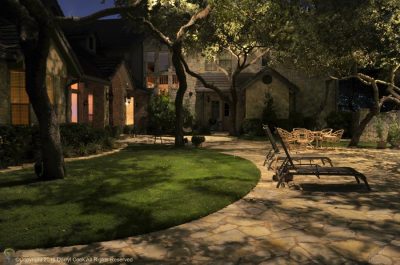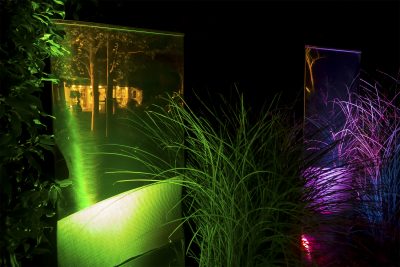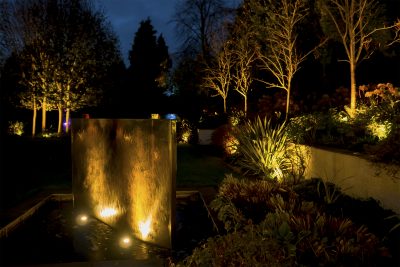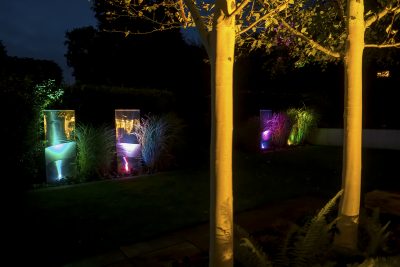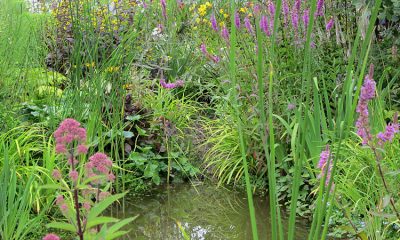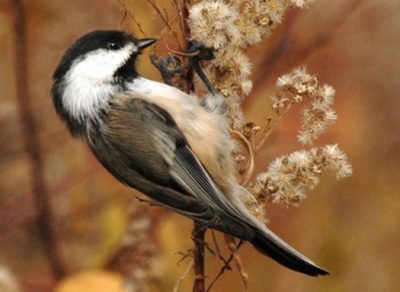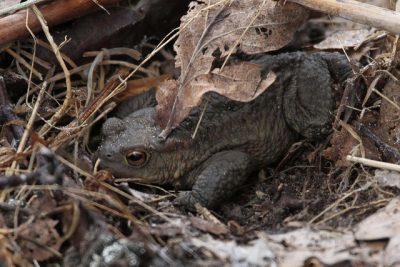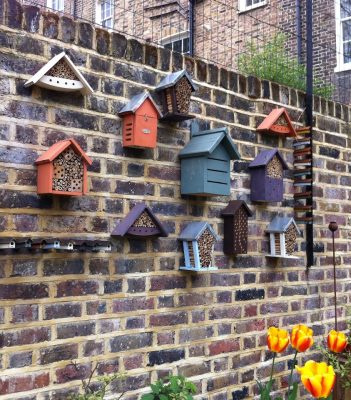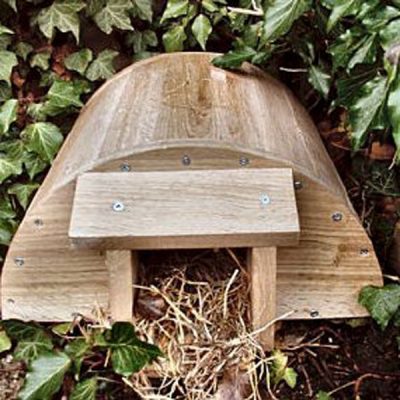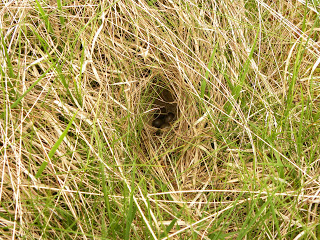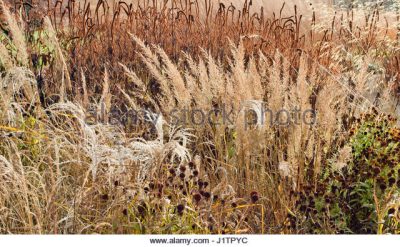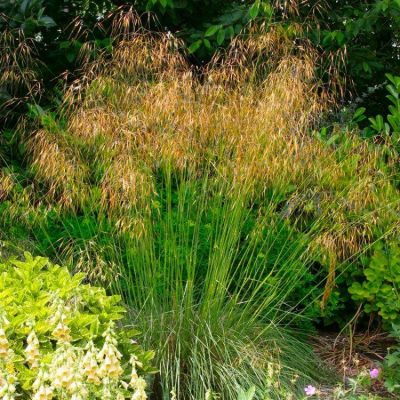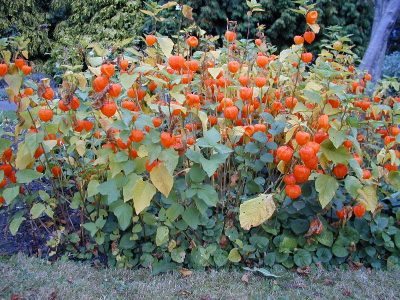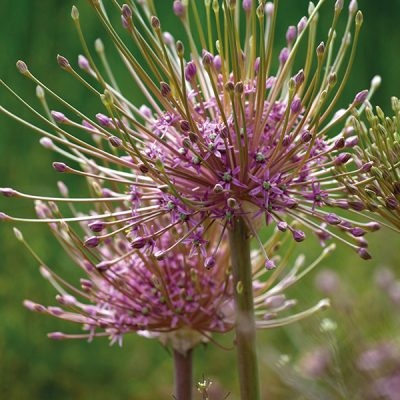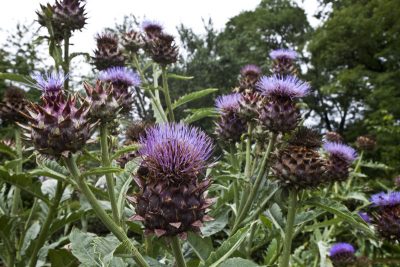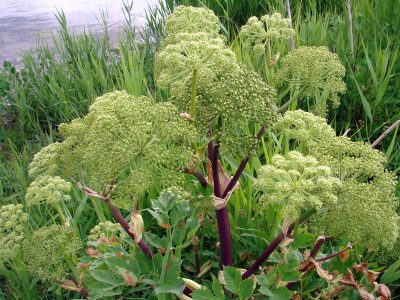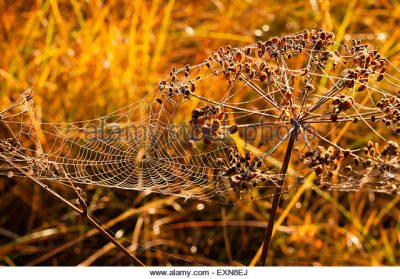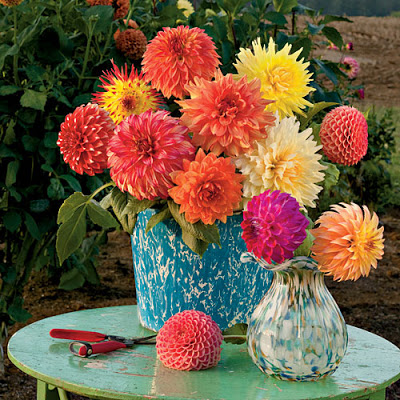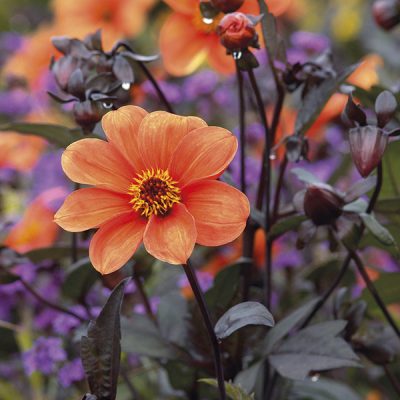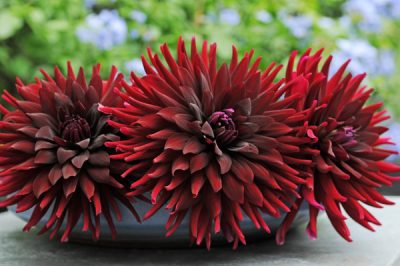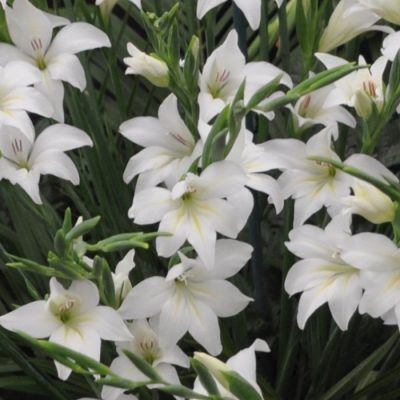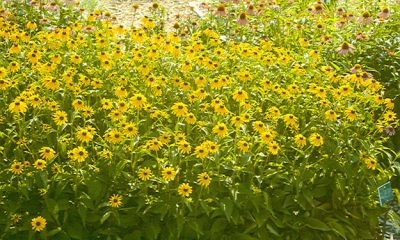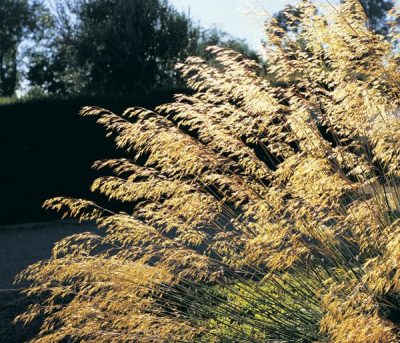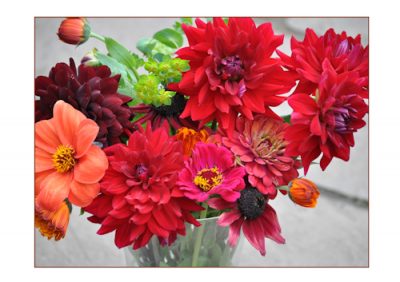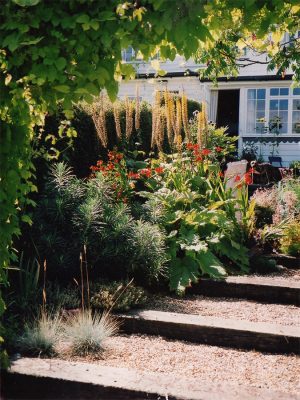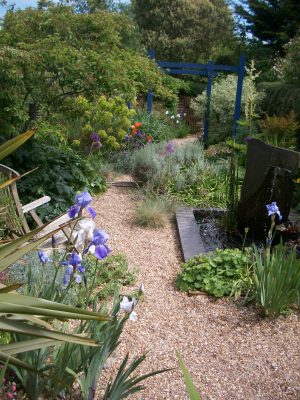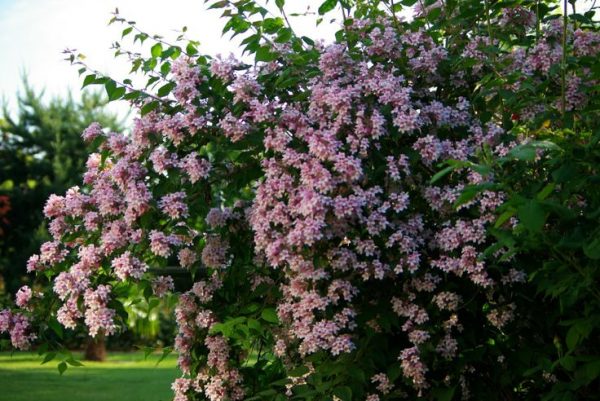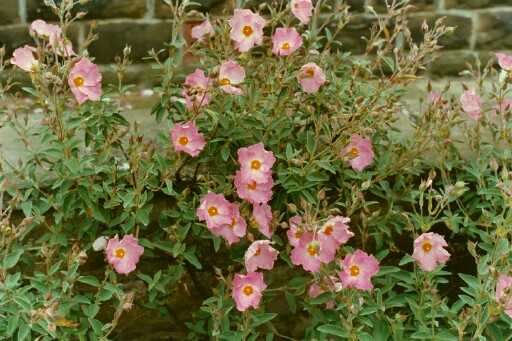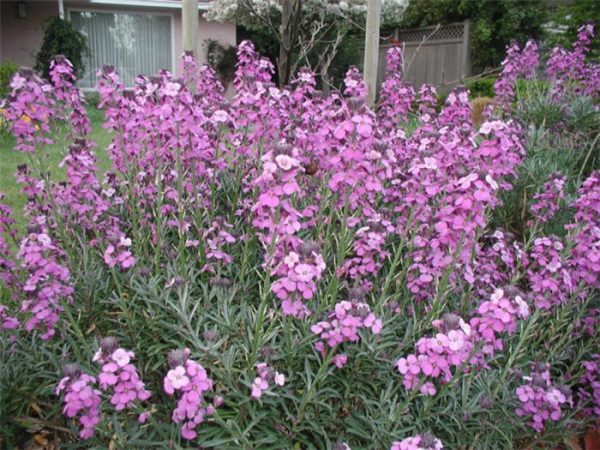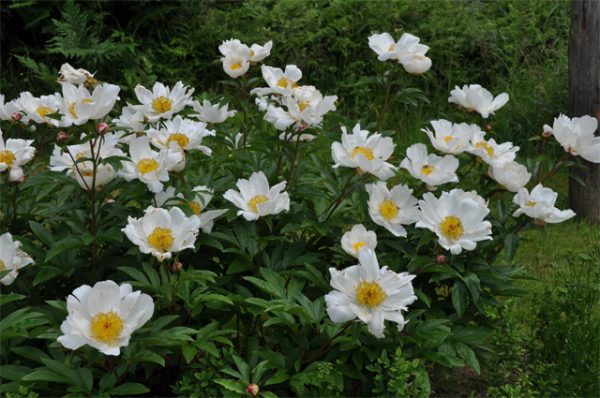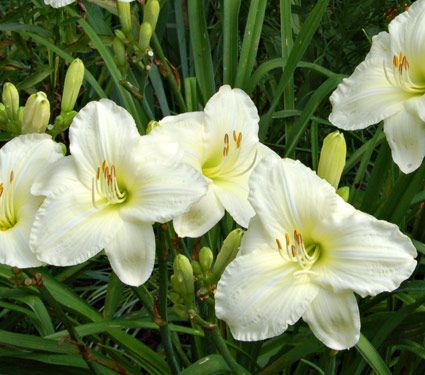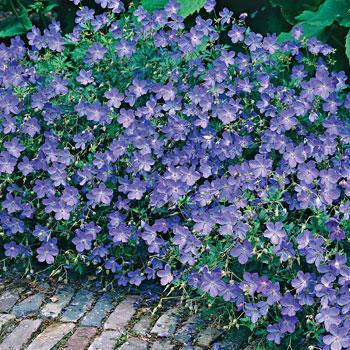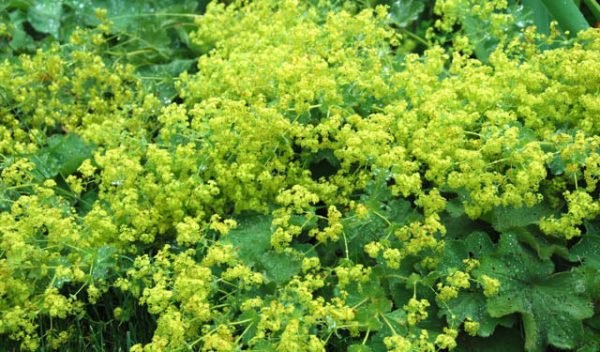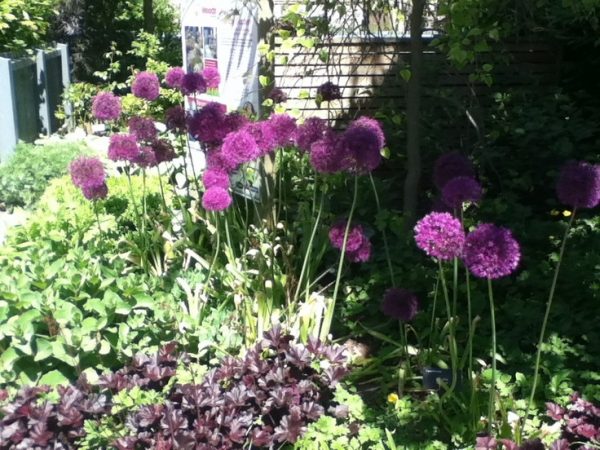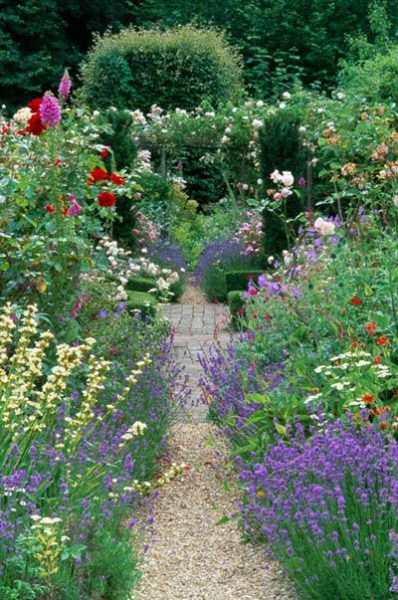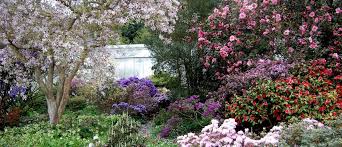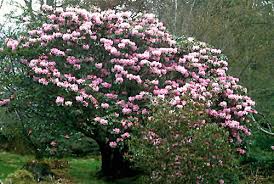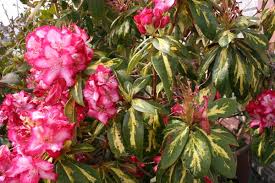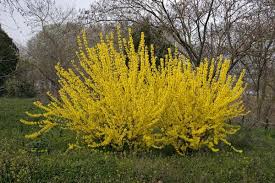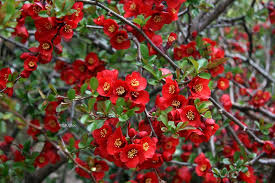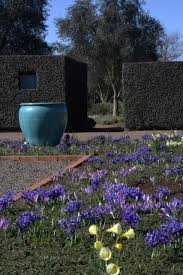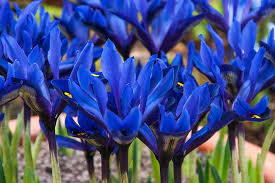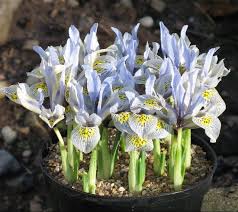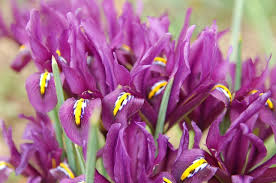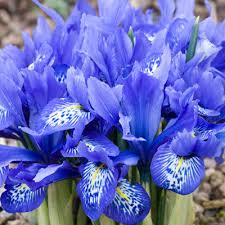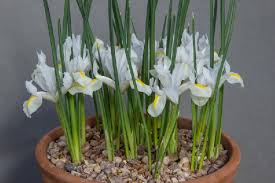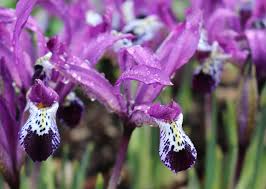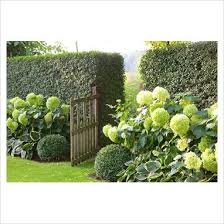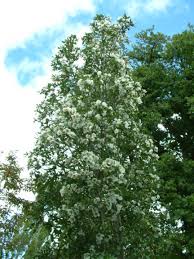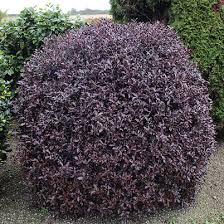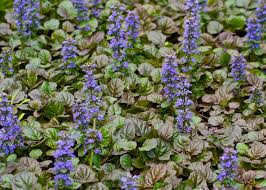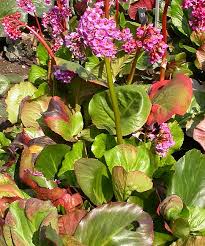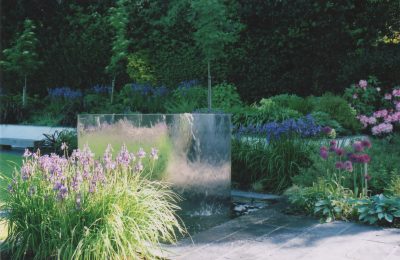
A modern garden in Brighton.
In the depths of winter, the bare bones of a garden can be seen, those problem areas come a little sharper into focus. The unsightly shed and compost bins, the stacks of plastic pots, that could be better screened. The path that is not quite wide enough now the shrubby has grown and you are walking with one foot on the lawn turning it into a muddy stripe in the winter. The terrace which is not quite in the right place for the evening sun. The planting boarder that has got too wide and difficult to manage and has spread outwards leaving a bare middle with over crowed edges.
The boundary planting which has got to large and has gone from a tall hedge to over powering a large section of the garden. To the line of leggy shrubs and large clumps of herbaceous plants that desperately need dividing to flower well. All gardens however mature they are can need a little redesign and new thinking and this is great time of year to do it.
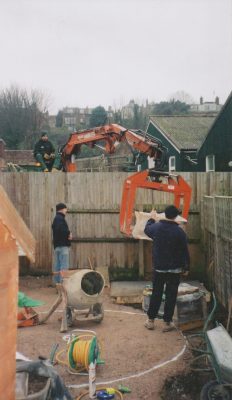
Landscaping a family garden
What to consider when thinking about redesigning your garden? The first thing is to get everyone involved who uses the garden, how ever briefly. Get them to write a list of the 3 most important things they would like from a new garden. Compare notes decided as a family what your most important needs are.
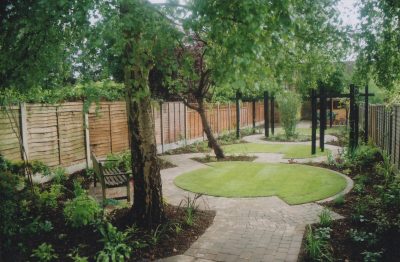
Landscaping has just been completed on this town garden in Horsham
Next, Budget- Costs of landscaping- After care. Now you have all had your wild dreams of grass tennis courts, 100m long herbaceous boarders, ponds and jettys and Jacuzzis, now is the time to think realisticly. First what is your budget? Will it be enough to reasonably build your dream garden? Or is there a middle ground of perhaps having the garden built in stages over a period of time helping spread the costs ( some of my clients go for this option) or could you do some of the work yourselves? I am not suggesting you should become a brick layer every weekend or dig your swimming pool with 3 members of the family on spades for six months. But how about staining your own trellis/ pergola. Doing some of the clearance yourself or carrying out your own planting.
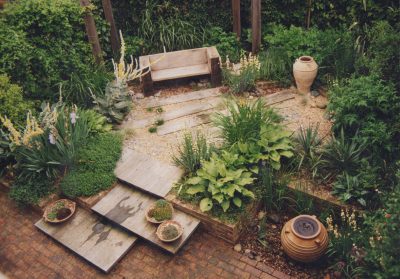
Small court yard garden. Lindfield
Also does everything in the existing garden have to go? This rarely happens there are often existing trees and shrubs that stay or are pruned or crown lifted if they are getting a bit large. Those over crowded herbaceous plants some may be worth dividing and lifting and transplanting to new sites in the garden. Also your existing paving materials may be able to be lifted and relaid and added to. There may be other items and materials in the garden that can be used in the new design.
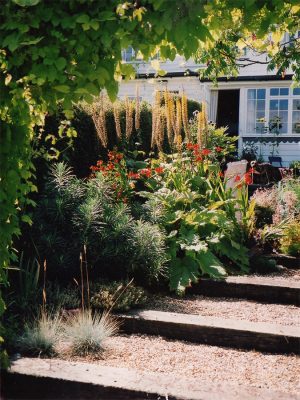
Lewes Maritime Garden
Aftercare, it is important to be realistic about how much time you have per month to look after your new garden, Sissinghurst is of course lovely and what most people think of when they think of a typical English country garden, but it is very high maintenance and takes a fleet of full time gardeners to keep it looking as it does. So how much time beyond moving the lawn once a week from April to September have you got? Perhaps the higher maintenance plants on your wish list have to go, and instead of the long herbaceous boarders, a good mixed planting of shrub and herbaceous and ground cover and mulch is the answer. With few boarders. Do you need to consider some help in the garden? From a hedge and tree expert who could come and cut the boundary hedges and screening trees. To to more specialist jobs that you feel less able to cope with, pruning top fruit and roes for example. Or more regular help, perhaps the less skilled grass cutting you get a lawn care firm to carry out and you concentrate on the planting areas. Or perhaps you just want to sit in your garden and let a weekly trained horticulturalist take the strain. What ever you decide, it is important to work out the level of care needed and how it is going to be carried out, at the design phase. So the garden that is designed for you not only suits your needs but suits the amount of maintenance it is going to get.
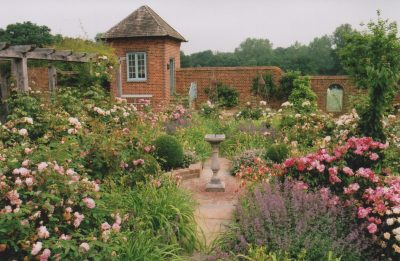
Walled Garden Steyning
So start the possess, walk round your garden and look critically at it, work out the areas that do not really work and you would like to change. Think of the areas in the garden that were best to sit in, when you were enjoying the garden in the summer, mark them. Have the family meeting, work out who is mowing and who is hedge cutting and who gets first dibs on the hammock on a summer afternoon. Raid the piggy bank, and decide how much the budget is and who has what skills and what time to help with the landscaping. Now give me a ring so we can talk about your garden project I would be delighted to help create your new garden! Tel: 01273 470753, go on give Emily a ring!
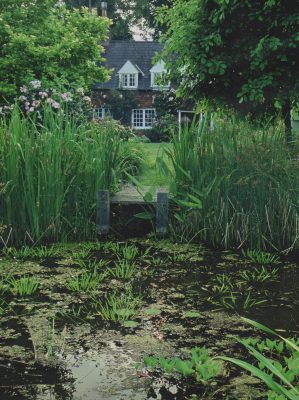
A wildlife pond nr. Lewes
No garden is to big or to small, and lots of clients just have areas of their existing gardens re-designed.

